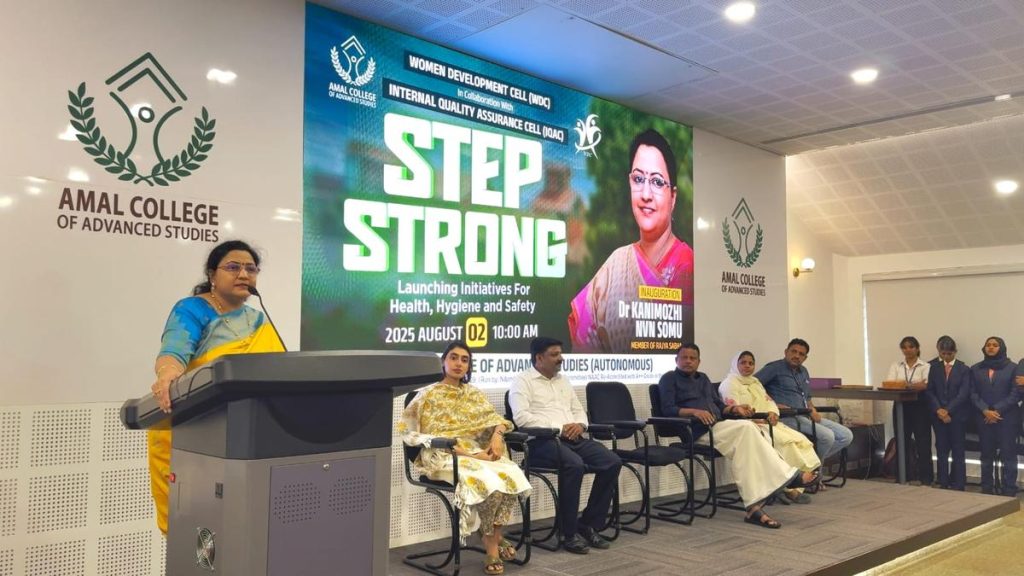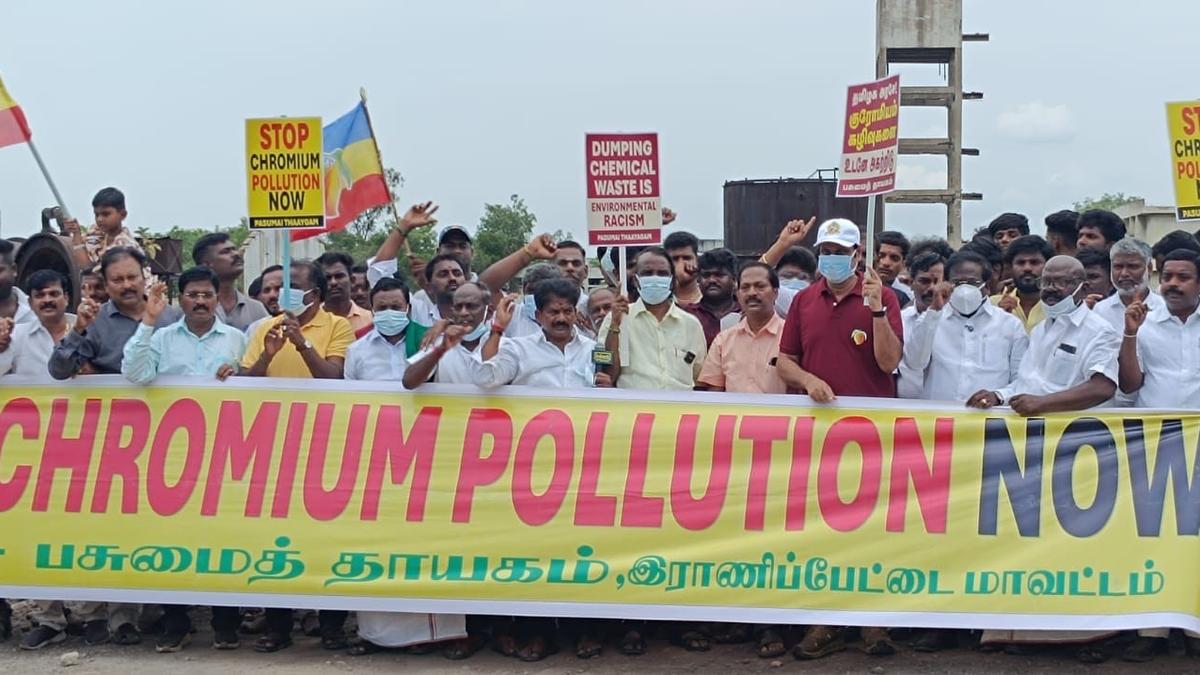Now Reading: Debate Erupts Over Religion Status Demand at Bagalkot Book Launch
-
01
Debate Erupts Over Religion Status Demand at Bagalkot Book Launch
Debate Erupts Over Religion Status Demand at Bagalkot Book Launch

Swift Summary
- A debate over teh lingayat community’s demand for recognition as a distinct religion was held in Bagalkot during the release of Vishwa Samskara Mahayana Volume-3, a book by former Chief Minister Veerappa Moily.
- Veeranna Rajur, Director of M.M.kalaburagi Research Center, Dharwad, argued that Moily conflated Lingayat and Veerashaiva, despite their distinctions.
- Writer Sarjoo katkar echoed this sentiment, stating that Lingayat is unique and separate from Veerashaiva.
- sri Fakir Dingaleshwara Swami opposed the idea of differentiating the two communities, asserting that such debates tamper with historical understanding and lack consensus. He mentioned past disagreements on the issue with figures like Mate Mahadevi.
- Prof. Rajur claimed ideological clarity had since improved through scholarly works clarifying Lingayat as an independent religion.
- Mr. Moily emphasized focusing on global unifying cultures rather than divisive topics like this separation debate in his literature.
- The event was attended by noted personalities including S.R Patil,H.M revanna, and Sapna Book House’s Nitin Shah.
Indian Opinion Analysis
The renewed debate around classifying lingayats as a distinct religious community underscores longstanding tensions within societal groups over cultural identity in India. On one hand are scholars advocating for recognition of historical distinctions to uphold community identities; on the other are voices cautioning against disrupting established continuity within traditions due to perceived ideological shifts or reinterpretations over time.
Such disputes have broader implications beyond academic or religious circles-as they may influence goverment policy regarding reservations and benefits tied to minority status designations under Indian law. However, progress requires more substantive consensus between seers and scholars before any legislative intervention can be justified or effective.
Further intellectual engagement without political fragmentation is essential to resolve disputes constructively while respecting both traditional sentiments and modern re-examinations.
For more information: [Link unavailable]

























